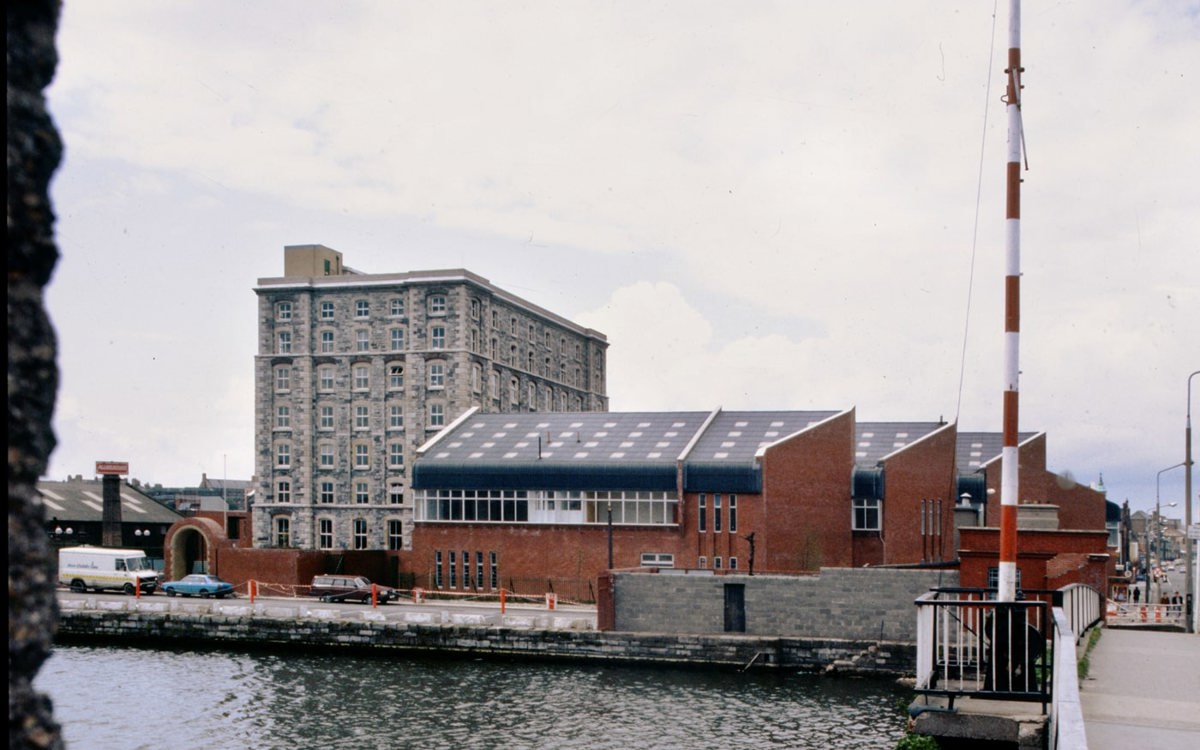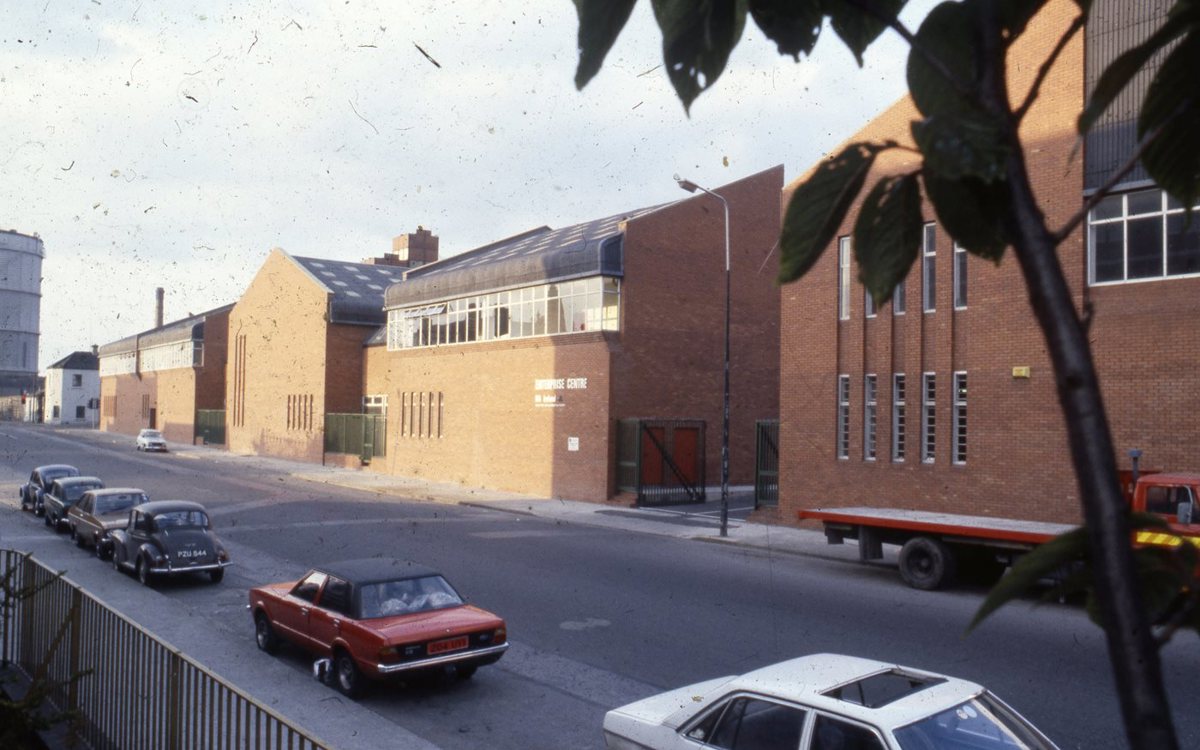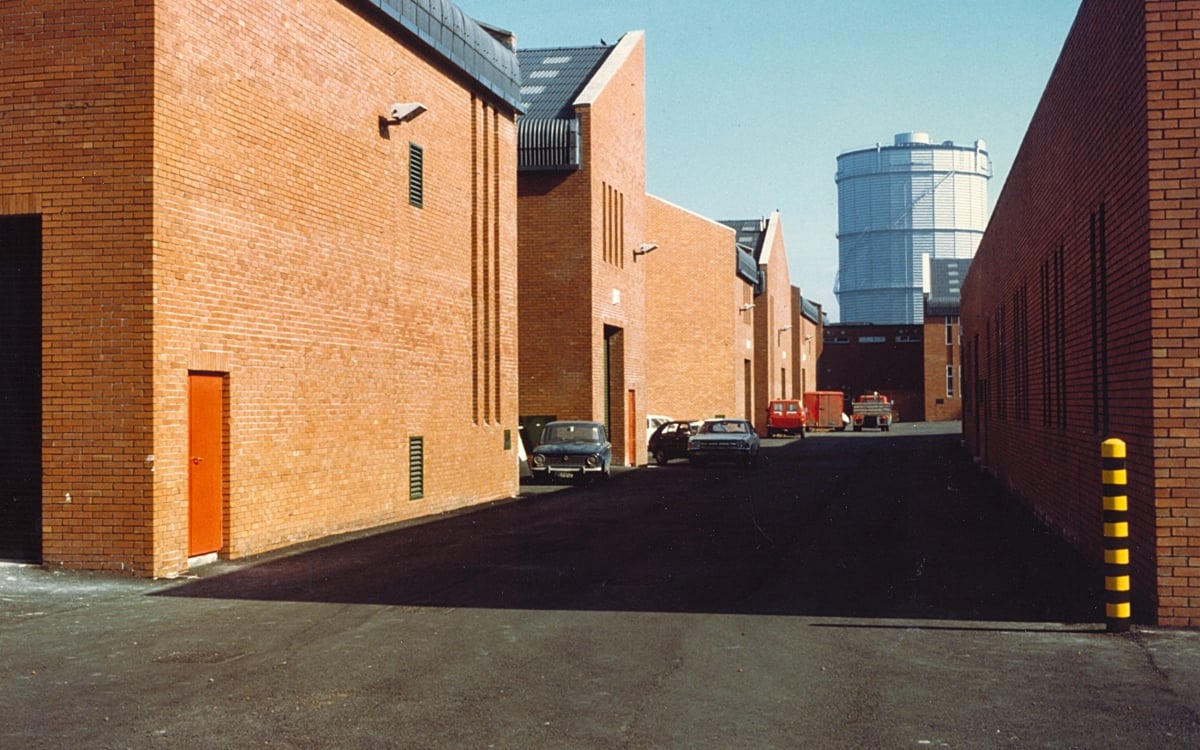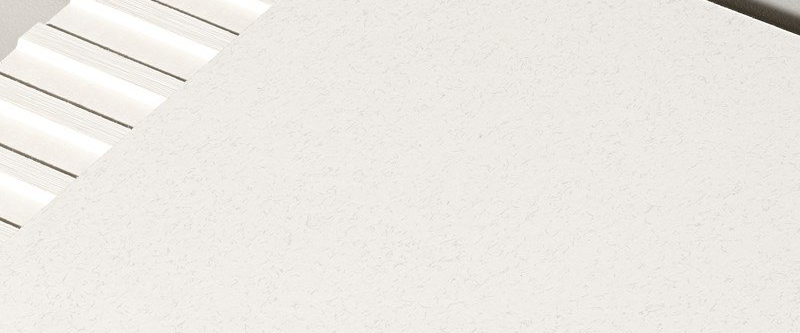Youghal, Co. Cork
1946 – 1947
B O’Flynn & Son
Photographs – aerial views (1948) by Aerofilms Ltd copyright Historic Environment Scotland, 1952 images by Mikey Roche and 2006 images copyright Michael Hussey, 2019 images by Shane O’Toole

Dublin was on its knees. Anybody who knows Docklands today would be aghast at its condition then. The place was in rack and ruin. Container-based cargo – both lo-lo and ro-ro – had decimated the dockers’ communities around North Wall, East Wall and Ringsend. There was no longer a demand for manual labour in the docks, which had been one of Dublin’s great employers.
What to do? When it opened in late 1981, the IDA Pearse Street Enterprise Centre was the first of its kind in Ireland and the largest in Europe, intended to respond to the needs of inner cities by boosting industrial activity, retaining jobs in the area and preventing the outflow of firms to the outskirts. The IDA wanted to “bring together on one site established city centre industries, successful new high-technology companies, craft workers and people trying out for the first time fresh products, new markets and original ideas.
“The Enterprise Centre idea is an old one,” it acknowledged, “and dates back to the earliest industrial times when craft and commercial enterprises, of varying degrees of interdependence, came together in one settlement, sharing common facilities yet retaining their individual identities. Companies locating here can avail of service facilities [accountancy, marketing, design services and administrative support] normally available only to larger companies.”

The IDA’s Inner City Development Programme proposed the development of 34 acres of industrial land at seven locations: Prussia Street (0.5 acres), Marrowbone Lane (1.2), the Liberties (1.8), Ringsend (11), Pearse Street (5.2), East Wall (4.5) and a second site at East Wall (10). The Pearse Street Enterprise Centre is, therefore, best understood as part of a much broader concept of inner city renewal that included a housing programme and the provision of schools and other amenities to sustain existing communities. G & T Crampton won the tenders to build the first three Inner South City renewal projects – the Enterprise Centre and two housing developments, at Ringsend and City Quay.
“Pearse Street happened very quickly,” says Matt Barry. “We were appointed just before Christmas 1978. We had a great office party that year. It took us out of the field of housing. When I went to see the site [which had been bought from Hammond Lane Foundry], the galvanising shop was like hell. I expected bats to come flying down. They were galvanising metal beds. The tower was full of iron beds.” Barry had worked for Hooper and Mayne and Scott Tallon Walker, as part of Robin Walker’s team (National Bank façade in Suffolk Street and the first scheme – a stretched out affair, rather than the eventual square – and working drawings for the O’Flaherty House in Kinsale). In 1967 he formed a partnership with his brother, Frank.
The site has three frontages. A large triangular slice at the corner of Pearse Street and Grand Canal Quay was reserved for the proposed Eastern By-Pass, prompting a refined architectural response that is now obscured. That corner has been occupied since 2011 by The Lir Academy, Ireland’s National Academy of Dramatic Art, part of Trinity College. Trinity bought the entire site around the turn of the century and plans to turn it into a shiny €1bn “innovation district”. So all of this, apart from the Design Tower, will fall soon because of its low-rise scale, which was sympathetic to its times.
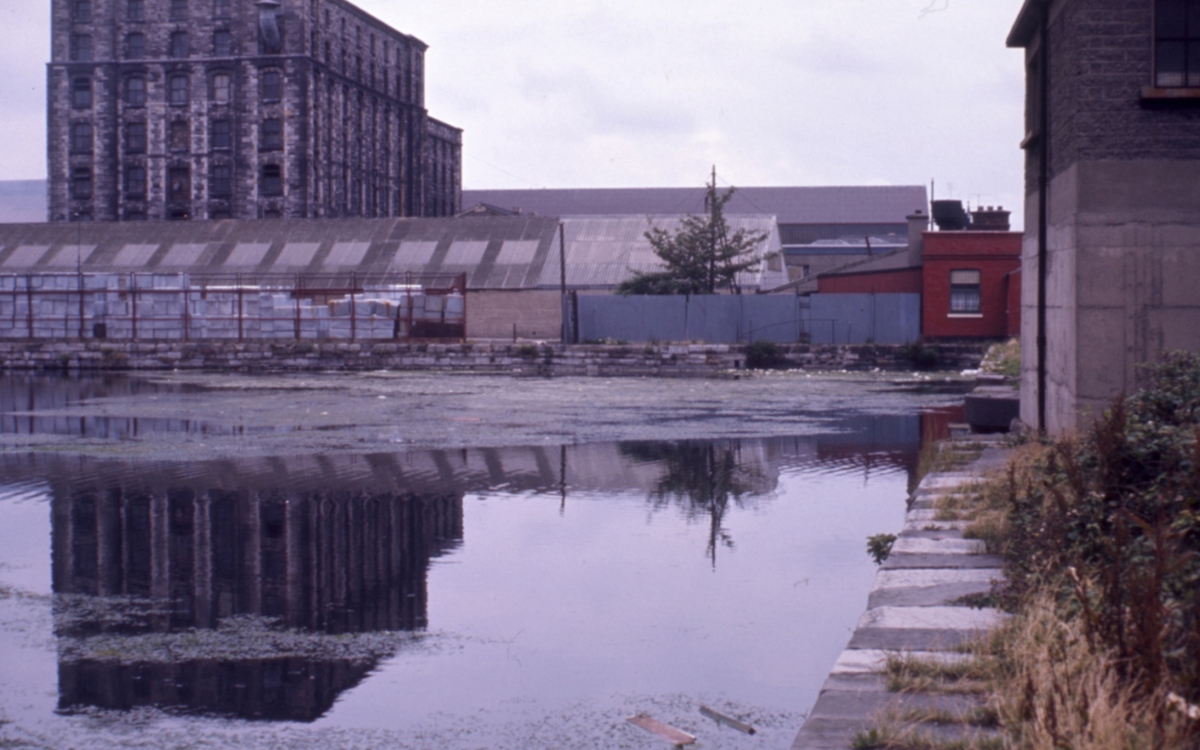
The Design Tower (known in the 1980s as the Craft Tower) was designed by Alfred Darbyshire of Manchester. He wrote: “Messrs Bewley, Moss & Co of Dublin, determined to erect a large sugar refinery in that city, instructed me to provide plans. I had been engaged on the drawings of the largest spinning and weaving mill in the world, built on an island in the River Neva, near St Petersburgh. Such buildings were erected on the fireproof principle … When the plans were completed, my clients were anxious to have the constructive portion of the scheme submitted to an engineer of eminence. I suggested a consultation with Sir William Fairbairn.
“On the 17th August 1862, I entered the sanctum of the great man with diffidence and anxiety. Sir William stated after examining my plans: “I am convinced the time has arrived for the introduction of wrought iron for bearing purposes, and would like to try the result of my thoughts and scientific investigations on your sugar refinery.” The result of this discussion was that my building was the first example [in Europe] of the new departure in iron construction.” Fairbairn wrote about the 8-storey structure in the third edition of ‘Application of Cast and Wrought Iron for Building Purposes’, published in 1864. Its external appearance was also ahead of the times, being one of the first to adopt the Romanesque style which later became the norm for industrial buildings.
If not of such unique originality, the Enterprise Centre, with its 35 units, many with railed landscaped forecourts, is also admirable. The multifarious corner details in brick, glass and corrugated fibre cement are particularly ingenious and delightful, as is the overall articulation of the brick carapace, strip glazing and curved eaves. It won the Mont Kavanagh Award for Commercial Architecture, a commendation in the RIAI Gold Medal awards for 1980-82 and, in 1983, a Europa Nostra Diploma of Merit. “This was the first of the inner city projects,” says Barry. “Prussia Street came next. Then the crash of 1983 put all the rest on hold. That was a big disappointment.”
As someone who lived in Ringsend/Irishtown for 30 years from 1980, these gritty, robust buildings became something of an emotional marker for me and my family. I’ll be sorry to see them go, just like those other great old war horses – once their neighbours – the venerable vertical retort tower and the giant gasometer. All changed, changed utterly.
